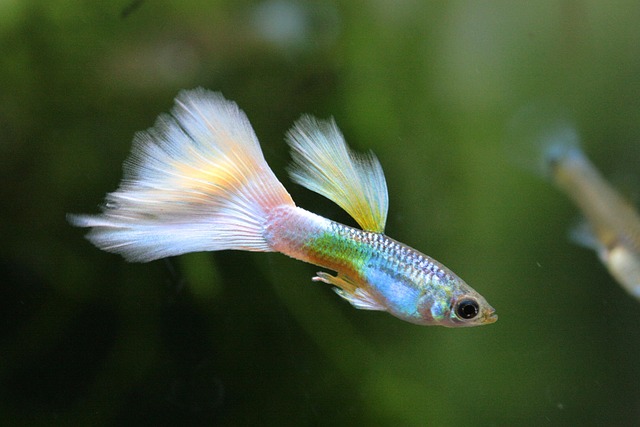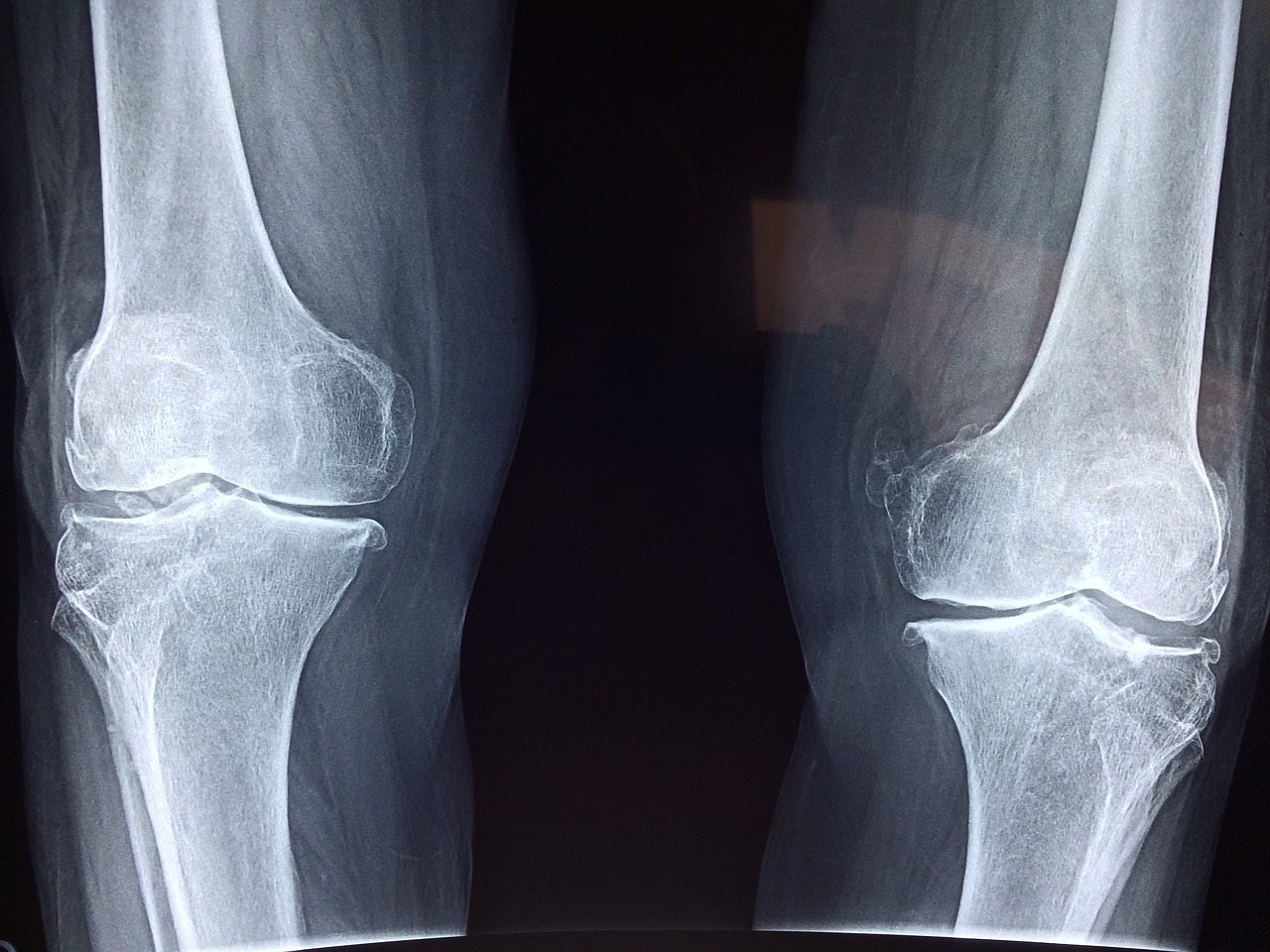Article Title:Primate molar crown formation times and life history evolution revisited
Abstract:
Comparative studies have convincingly demonstrated that the pattern and timing of tooth emergence are highly correlated with life-history variables and brain size. Conversely, a firm relationship between molar formation time and life-history variables has not yet been established. It seems counterintuitive that one aspect of dental development should be correlated with life-history variables, whereas the other should not. In order to shed light on this apparent discrepancy this study analyzed all data on primate molar crown formations available in the published literature in relation to life-history variables, brain size, and female body mass. Crown formation times were found to be particularly highly correlated with both female body mass and brain size. Species that depart from the overall brain/body allometry by being relatively large-bodied, e.g., Gorilla gorilla and later Theropithecus oswaldi, also have shorter molar crown formation times than expected. The reverse is not found for species that depart from the overall brain/body allometry due to their larger brains, i.e., Homo sapiens. This finding is interpreted within an evolutionary and ecological framework. Specifically, by focusing on ecological commonalities, a scenario is proposed which may allow predictions to be made about the evolutionary history of other extinct primates also. If confirmed in future studies, crown formation time may again become a powerful tool in evolutionary enquiry. (C) 2001 Wiley-Liss, Inc.
Keywords: life history strategies; body mass; dental development; Gorilla; Theropithecus oswaldi; hominid evolution
DOI: 10.1002/ajp.1054
Source:AMERICAN JOURNAL OF PRIMATOLOGY
Welcome to correct the error, please contact email: humanisticspider@gmail.com



